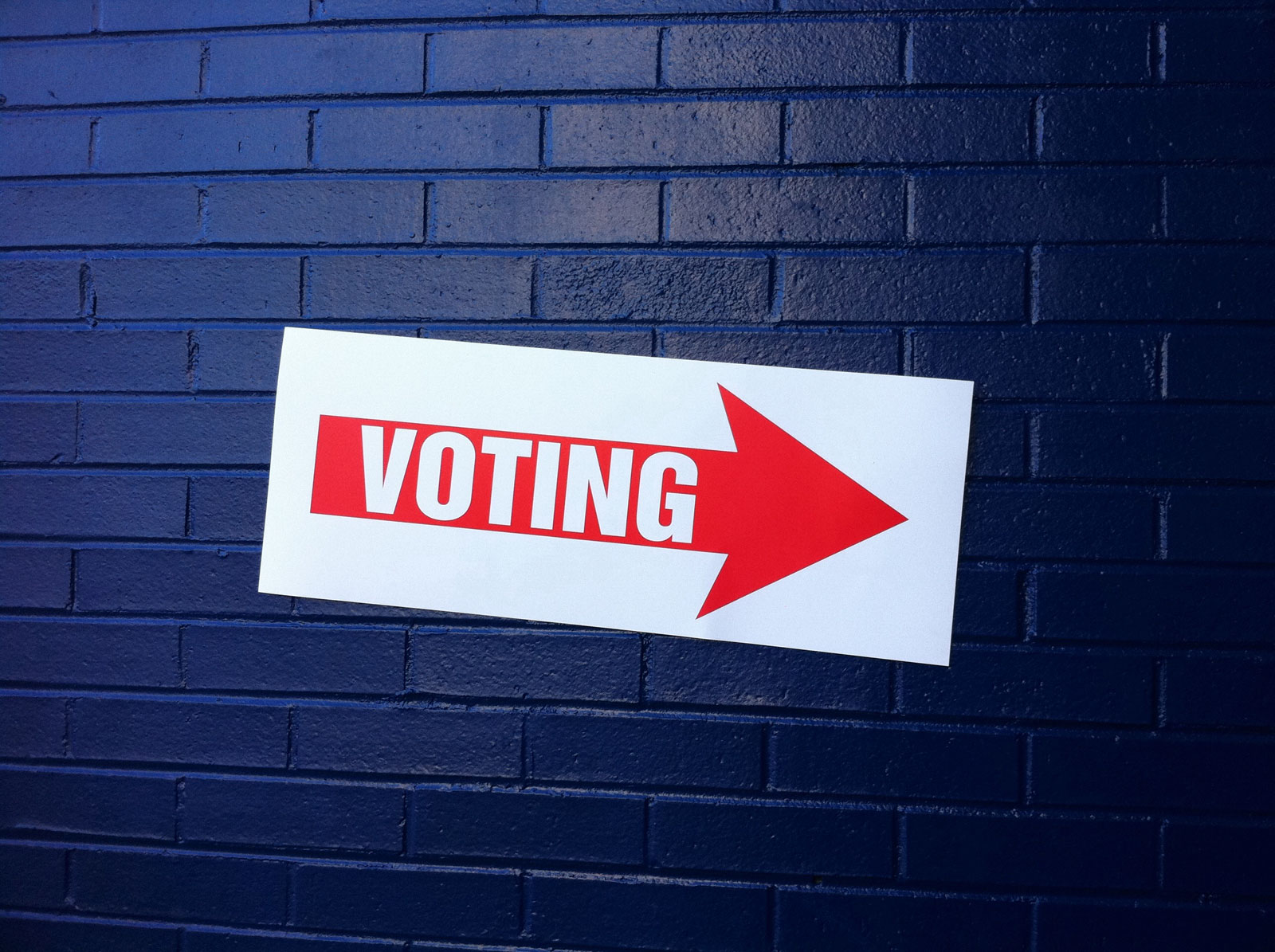The Local newsletter is your free, daily guide to life in Colorado. For locals, by locals.
It’s probably not news that Colorado is one of about a dozen swing states in November’s presidential election. What counties make up such a purple electorate? It turns out, in the last presidential race, only three of Colorado’s 64 counties had very close results—and one of them is in the Denver metro area.
The findings come from the Pew Research Center, which identified all U.S. counties where fewer than five percentage points separated President Barack Obama and his Republican challenger, former Massachusetts Governor Mitt Romney, in 2012’s presidential contest. In Colorado, those counties were Jefferson, Las Animas, and Chaffee.

All three narrowly went to President Obama, and in Chaffee County, the margin of victory was only 16 votes. Colorado as a whole also voted blue, 51.2 percent to 46.5 percent.
How can a swing state have so few swing counties? As Pew explains, Democratic and Republican voters tend to align themselves in distinct geographic areas, and here in Colorado, they almost cancel each other out.
Nationwide, counties that are strongholds for one political party are far more common that competitive counties. Only 275 U.S. counties—9 percent—made Pew’s swing county list, and they’re scattered around the country. Notably, this is the fewest swing counties America has had in roughly 30 years. According Pew Research Center senior writer Drew DeSilver, this phenomenon is “evidence of the heightened partisan polarization that characterizes U.S. politics today.”
In 2012, President Obama won the election by more than 5 million votes nationwide, and he did it by winning less than 23 percent of the nation’s counties. How is this possible? Democratic stronghold counties tend to be populous and urban, while the Republican ones are less populated and rural.
President Obama won seven out of Colorado’s 10 most populated counties in 2012, and 84 of the 100 most populated counties in the United States. The average population of a Democratic “landslide county” in 2012 was 354,357, whereas Republican landslide counties averaged less than a tenth of that: 30,552. (The Pew study defined a landslide county as one in which one candidate won at least 70 percent of the vote.)
The rural and urban county voting trends are expected to hold up in this November’s presidential election. But in Colorado, it might not matter. Currently, most national electoral projections, including The New York Times and Nate Silver’s FiveThirtyEight (which both update daily) have Colorado edging Democratic, as it did in 2012.









